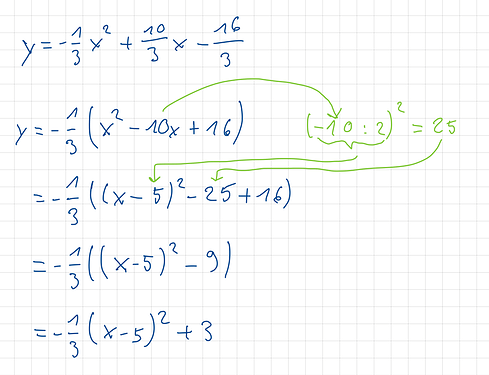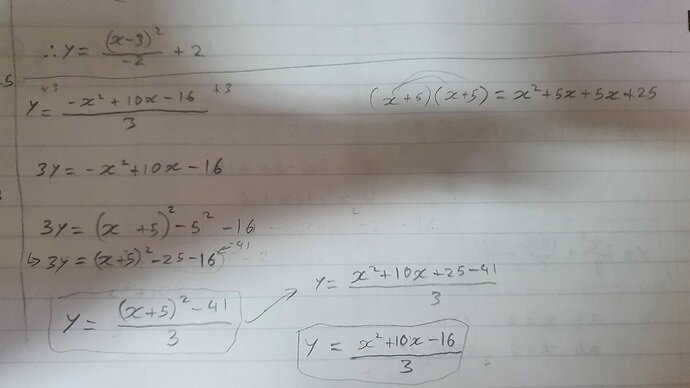@FedPete,
I’m a little confused, but I’m assuming that you’re talking about squaring numbers rather than taking the square root of numbers, correct?
If you square 2 you get:
2^2 = 2 x 2 = 4
If you square -2, you also get 4, since the two negatives give a positive result when multiplied, so:
-2^2 = -2 x -2 = 4
Due to this trait of multiplication, there’s no way to square a number and obtain a negative result - It will always be positive.
If you need a negative result then you’d need to do -(2^2) rather than -2^2. Since you’d be calculating the 2^2 first, and then multiplying by -1 to flip the sign.
Now, if you’re asking about square roots, then you have to be very careful when dealing with the square root of negative numbers because the answer isn’t a real number.
I hope that helps, but if I’ve misunderstood your question, please let me know.






 My scientific Casio calculator of 35 years ago (Yes I still own this one), does this math correctly.
My scientific Casio calculator of 35 years ago (Yes I still own this one), does this math correctly.